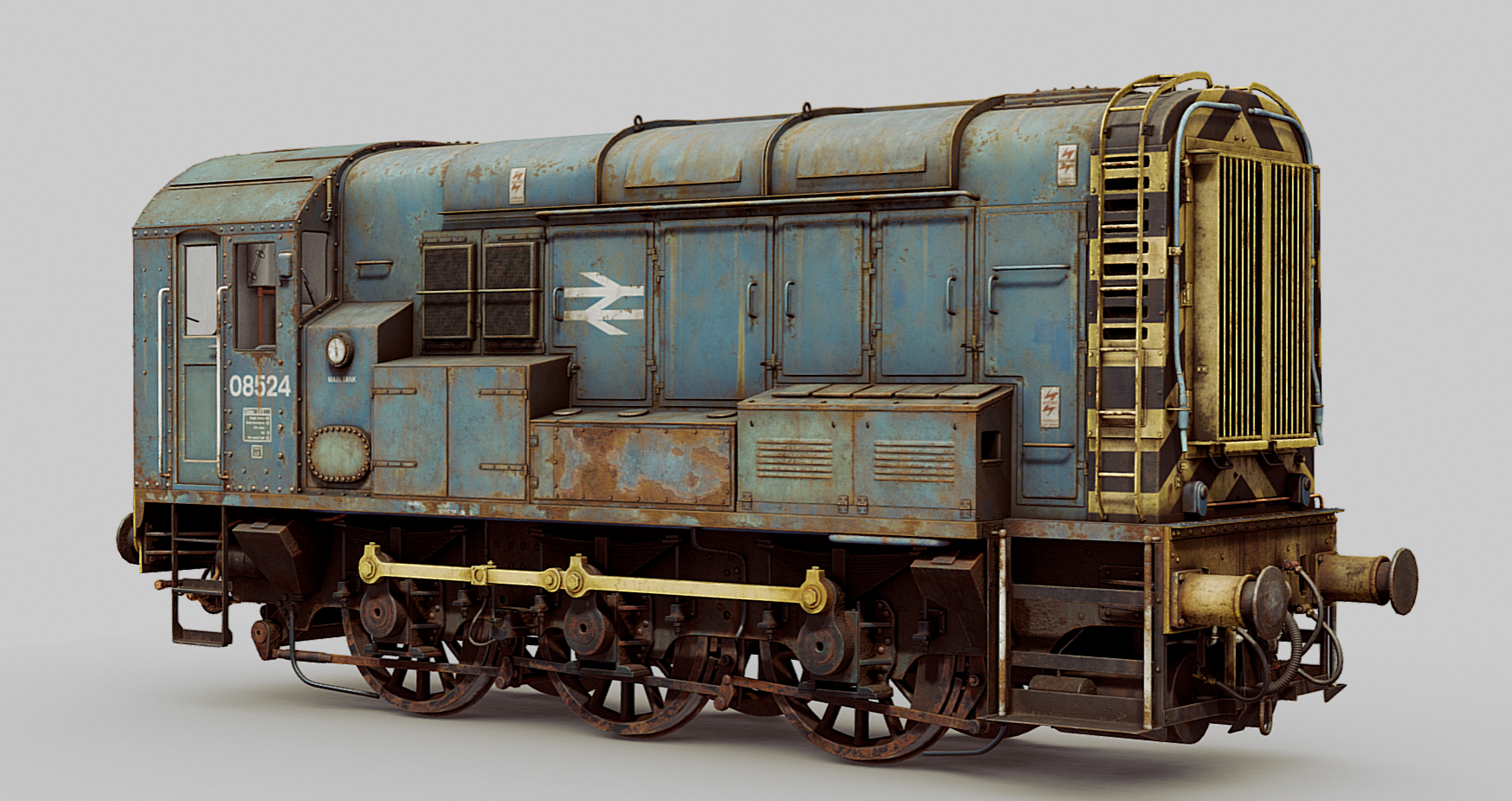British Rail Class
Δωρεάν
The British Rail Class 08 is a diesel-electric shunting locomotive. Nicknamed “Gronk” by rail enthusiasts, the shunter first saw use in 1952 and quickly became a common sight in rail yards across britain. In fact a total of 996 were produced, making it the most common locomotive to ever run on British railways, with 100 still being used in operation to this day, with another 70 preserved at heritage railways.
I attempted to make an interior for a change, I think it turned out quite well, even though it’s mostly just there so it doesn’t look empty when the light hits it right, which was a problem with my other locomotives.
Hope you like it, and let me know what you think!
I attempted to make an interior for a change, I think it turned out quite well, even though it’s mostly just there so it doesn’t look empty when the light hits it right, which was a problem with my other locomotives.
Hope you like it, and let me know what you think!
The British Rail Class 08 is a diesel-electric shunting locomotive. Nicknamed “Gronk” by rail enthusiasts, the shunter first saw use in 1952 and quickly became a common sight in rail yards across britain. In fact a total of 996 were produced, making it the most common locomotive to ever run on British railways, with 100 still being used in operation to this day, with another 70 preserved at heritage railways.
I attempted to make an interior for a change, I think it turned out quite well, even though it’s mostly just there so it doesn’t look empty when the light hits it right, which was a problem with my other locomotives.
Hope you like it, and let me know what you think!
Σε απόθεμα
·Digital
·Νέο
0 Σχόλια
·0 Μοιράστηκε




